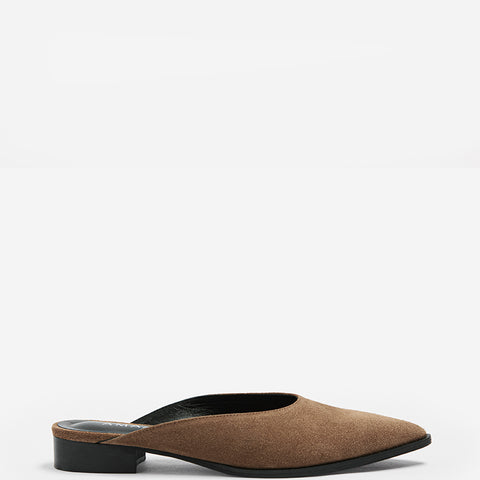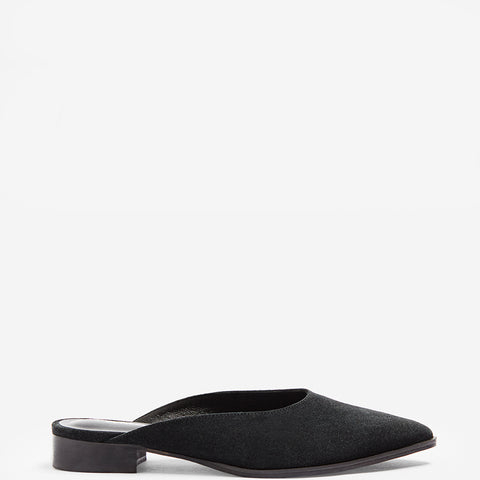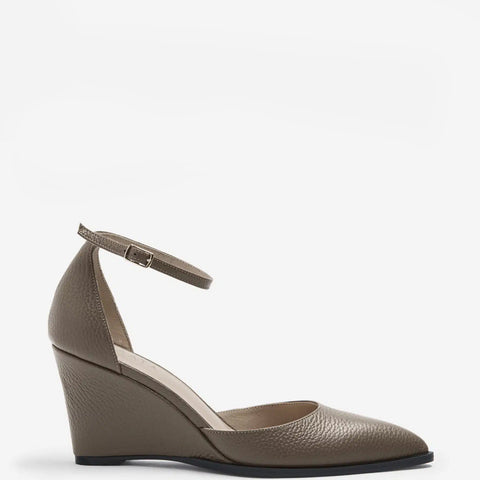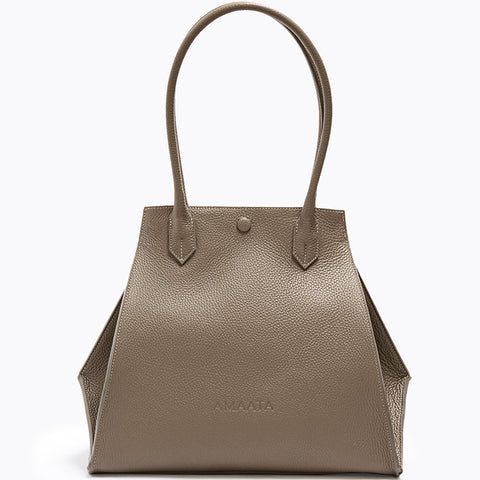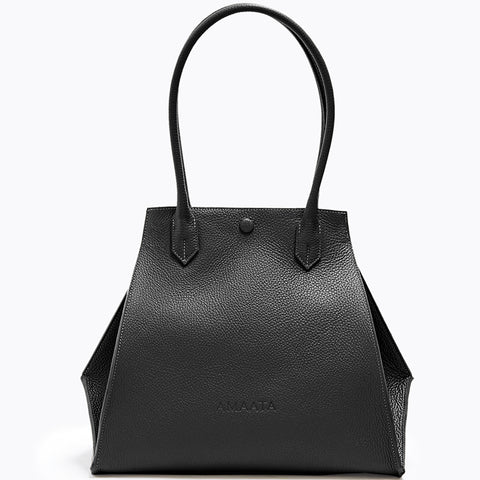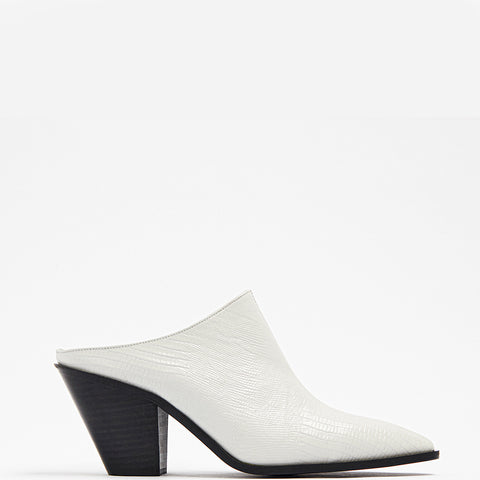amaata
REDEFINED SUSTAINABLE SHOES AND BAGS

The shoes and bag brand AMAATA stands for timeless design, top quality craftsmanship and sustainable production, made in Europe. Based and founded in Germany with Greek roots and an ethical mindset, made from passion for design.
Read More
After 30 years of working in the international corporate world, Theonitsa Megarisiotou decided to pursue her passion for shoe and bag design. “I often complained about how chic shoes for women are extremely uncomfortable,” she says. “Eventually, my mother got tired of listening to me complaining – and encouraged me to make my own shoes.” This is where the story of AMAATA started.

Theonitsa Megarisiotou, the founder of AMAATA
Instead of following fashion trends, AMAATA emphasizes a puristic style, high quality as well as functionality and comfort. In addition, AMAATA is actively committed to sustainability.
"We decided to design and produce in Europe, while maintaining fair, responsible, and safe working conditions. We are proud to offer our customers sustainable products made in Europe."
Ethics and social responsibility are integral to AMAATA's supply chain. The brand is a member of the UN Global Compact and has specific protocols for selecting and evaluating leather suppliers. Production of the shoes and bags takes place in small, family-run companies in Europe. The brand uses certified leather from Italy with European origins, ensuring environmental and ethical standards are met.

Production of the shoes and bags takes place in small, family-run companies in Europe.
"We are so proud and happy to work with family companies with decades of experience in the leather goods branch. The belief in our philosophy and willingness to build up a cooperation based on craftmanship and quality instead of quantity is and has ever been priceless."
To avoid overproduction, AMAATA produces in small quantities. The commitment to sustainability extends to the entire life cycle of the products, including the use of materials from renewable sources and the responsible use of resources.
BLACK LEATHER BAG "AMAATA SIX"
AMAATA
€689.00
WHITE LEATHER MULES "ANETA"
AMAATA
€285.00





